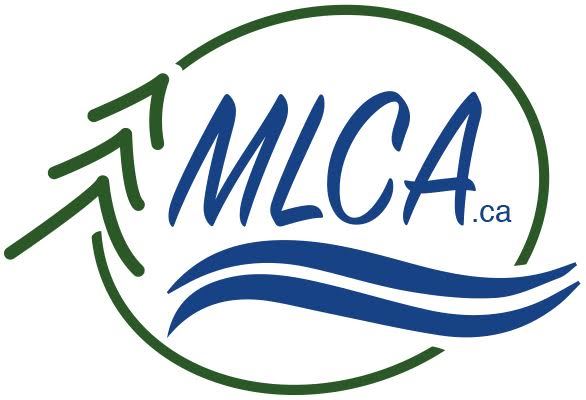.... |
About The Lake
Physical & Historical Information on Manitouwabing Lake
Ontario Ministry of Natural Resources Manitouwabing Lake (North Section) District of Parry Sound McKellar & McDougall Townships
Historical Information Manitouwabing Lake got its name from the Ojibway Indian family group who formerly frequented the area. The lake was first dammed at Hurdville a century ago for lumbering purposes. The present dam is maintained by the Public Utilities Commission of the town of Parry Sound, which uses the water for hydro electric power generation at an installation further down the Seguin River. In the early settlement days the lake provided transportation for lumber companies and the many homesteads which were cleared in the surrounding fertile clay soil. The power of falling water was harnessed at both the upper and lower ends of Manitouwabing Lake to run grist, woolen, sawmills. Lake Characteristics Manitouwabing Lake is a sprawling, many bayed lake on the North Branch of the Seguin River. It is essentially shallow with isolated basins of deeper water. Water temperatures during summer surveys ranged between 69F at the surface and 40F near the bottom. Thermal stratification was not well developed in the larger basins. Mean dissolved oxygen content ranged between 9.2 parts per million near the surface and 8.2 parts per million near the bottom. The water is neutral (mean pH 7.0) and light brown in colour (secchi disc reading 9 feet). An average total dissolved solids concentration of 37 parts per million was determined from conductivity readings. Fish Species PresentNorthern pike, yellow pickerel, smallmouth bass, largemouth bass, yellow perch, lake whitefish, lake herring, white sucker, rock bass, pumpkinseed, brown bullhead, creek chub, bluntnose minnow, blacknose dace and carp. Pickerel and bass are native to the lake. Carp were introduced at the turn of the century or, earlier and pike appeared in the 1960's, having originated as an unauthorized stocking. Fishing Since their recent entry into the lake, northern pike have provided good angling. Self supporting populations of yellow pickerel, smallmouth and largemouth bass provide fair angling throughout the lake. Both live bait and artificial lures are used successfully by anglers. Access and FacilitiesManitouwabing Lake is located approximately 12 miles north east of the Town of Parry Sound on the easterly side of Highway 124. McKellar village on Highway 124 is located on the extreme north end of the lake. A township road from this village encircles the lake, passes through the hamlet of Hurdville and rejoins Highway 124, 5.4 miles south of McKellar village. There is a public launching site and dock in the village of McKellar. There are six resorts established on this lake and in excess of one thousand private cottages. Other accommodation and related fishery services are available in the vicinity of Parry Sound. Detailed Information For more detailed information please link to the Ontario Ministry of Natural Resources "Manitouwabing Lake Fact Sheet" www.muskokawaterweb.ca/images/mnr/Manitouwabing_Lake.pdf |

